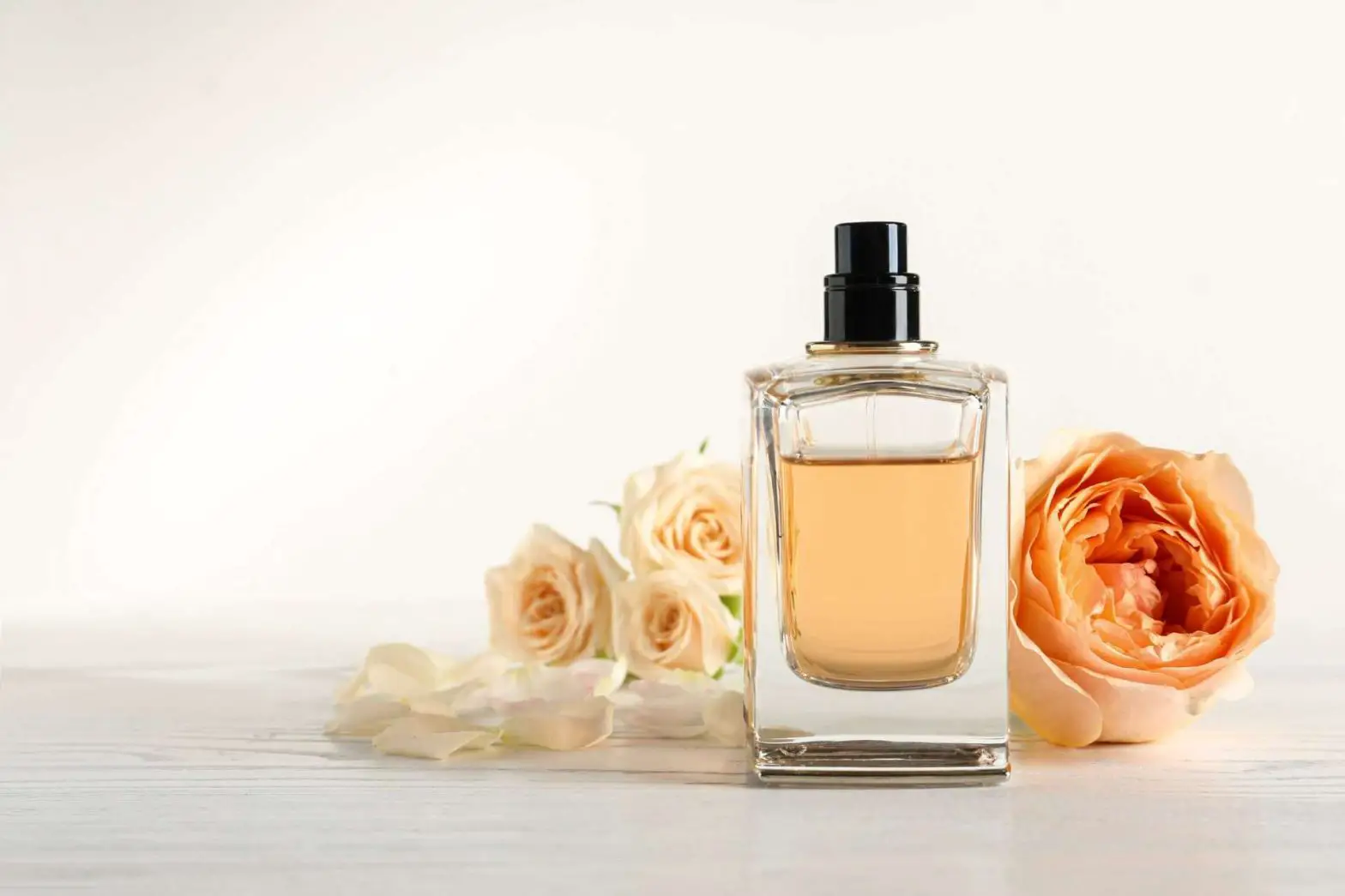Perfumes come in a variety of colors. From Kilian’s orange-pink-colored Love, Don’t Be Shy, to the ocean-blue Moonlight in Heaven, the juice on most fragrances not only smells captivating but also dazzles the eye.
Have you ever wondered where that color comes from?
Perfume consists of a base of essential oils, animal secretions, or synthetic fragrances diluted in alcohol and water. That base is called “perfume essence,” and it usually has a clear to a yellow-green color. On almost all perfumes, the color of the juice comes from pigments.
The art and the science of perfumery are as old as civilization. Originally, perfumes were made from flowers and herbs. Recently, they have been made from a wide variety of ingredients, many of which are synthetic.
Some of these ingredients are derived naturally; others are fragrant molecules concocted by perfume chemists in a lab. Whichever the case for the scent in question, it almost always needs the help of colorants to look more appealing to the eye.
Essential oils are derived from flowers, fruits, and herbs with methods such as enfleurage, steam distillation, fractional distillation, percolation, or solvent extraction. Their natural color usually has the yellow-green hue of extra-virgin olive oil, though there are exceptions.
For example, rose oil retains the pink, feminine color of the rose petals it’s extracted from.
Animal secretions come from… well, for the lack of a better term, animal extracts. Their color tends to vary, from the dull greyness of ambergris, a waxy substance that comes from the digestive system of sperm whales, to the pale yellowness of civetone, an anal section from the nocturnal civet used for decades in perfumery.
Synthetic, laboratory-made fragrance oils are easiest to describe, as most of them are clear and have no color whatsoever.
Contrary to what some people think, adding dyes to perfume is not a simple process. “Adding color to your perfume,” Perfume Projects founder Philip Goutell writes on this website, “complicates the chemistry.”
The ingredients, he says, could change the juice’s stability, significantly shortening its shelf life. In some cases, it can even alter the scent in ways the perfumer could not predict. “In short,” he adds, “we don’t recommend adding coloring to your perfume unless you have a compelling reason to do so.”
So why do perfumers color their juice?
First, it’s about brand recognition and product diversification.
The dark-gold color of Christian Dior’s Homme or Bvlgari Aqua’s dark turquoise juice have become as iconic to perfumistas as the red color of a Ferrari sports car is to motorheads.
Second, it’s about creating a unique, relatable experience for us as consumers. As odd as it may sound to you, we want to “smell colors” and “see smells.” Let me explain.
In a way, you expect a cologne that smells like the sea to look like the sea—and looks, to a large extent, are influenced by color, just like you expect a feminine perfume that smells like plum to have at least a bit of plum’s purplish hue.
When that’s not the case, something seems off because your brain is used to connecting the olfactory sensation of smell with the visual sense of a specific color.
Third, it’s about the perfume house, the perfumer, and the memory or sensation that they are aiming to recreate.
For example, Maison Margiela’s Replica Jazz Club has the same color as the aged whisky you’d sip on as you listen to the sweet and melancholic vocals of a female singer in the dark, smoky setting of an old-time jazz club.
Or it could be about the impression that they’re trying to make with the fragrance in question. It’s easier to convey innocent coyness when the juice is pink, aggressive seduction when it is red, and cool, collected calmness when it is blue.
The ingredients for perfume come from different suppliers, and the perfume house itself very rarely produces them.
In their simplest form, commercial dies are coloring agents approved for use in fragrances and cosmetics by the Food & Drug Administration (FDA) stateside and, on the opposite side of the Atlantic, the European Union’s EU Commission.
These dyes are made by several companies that produce ingredients for perfume houses (the bigger the brand, the bigger the supplier that they work with). Some pigments, such as red carmine, yellow annatto, and green chlorophyll, are natural. Others are fully synthetic.

